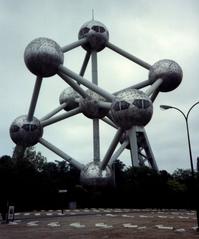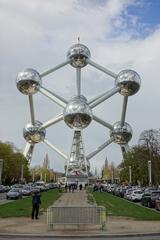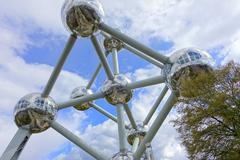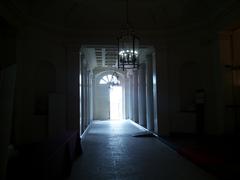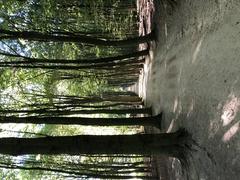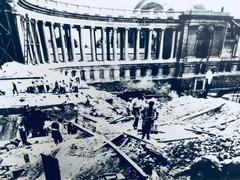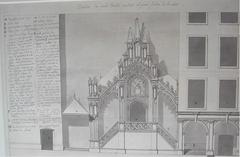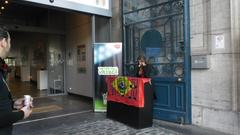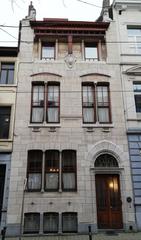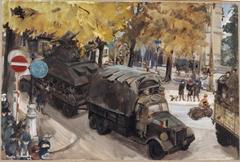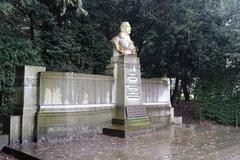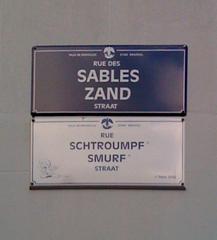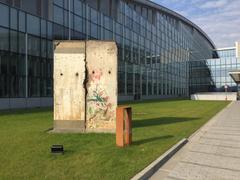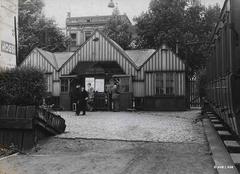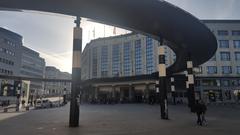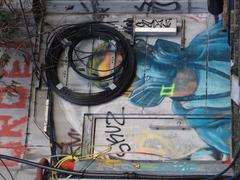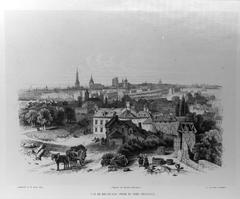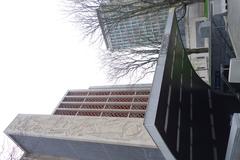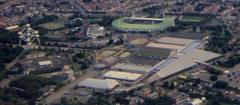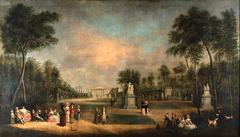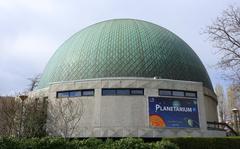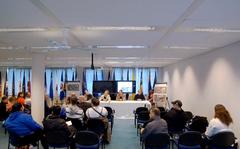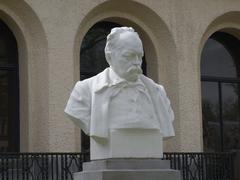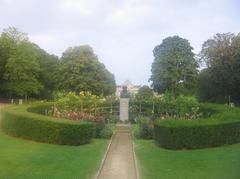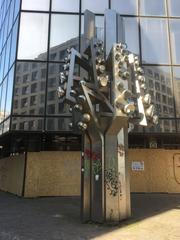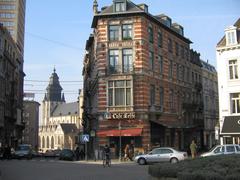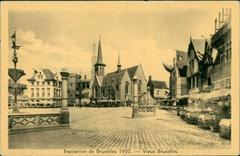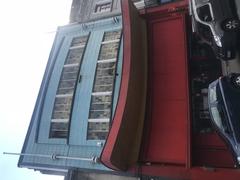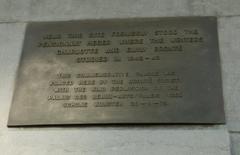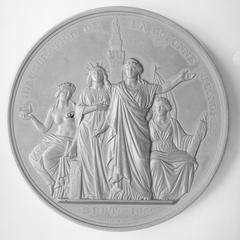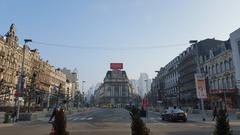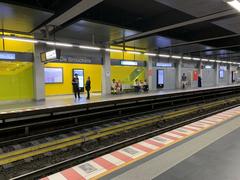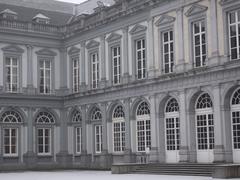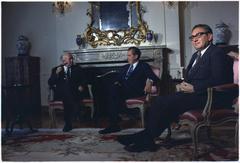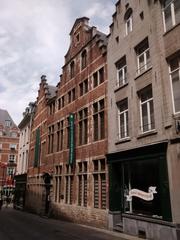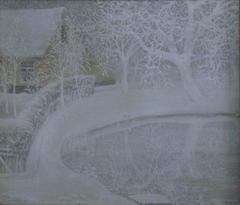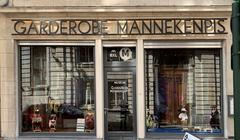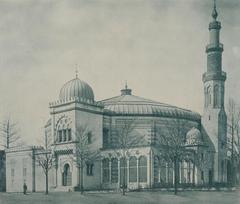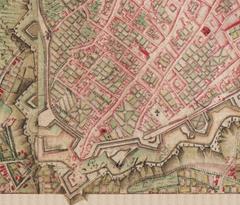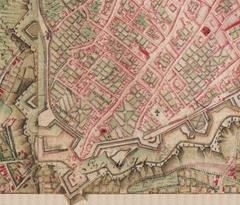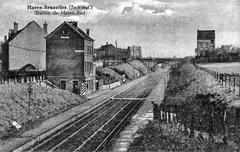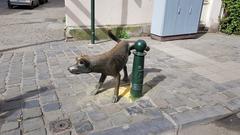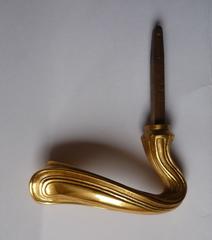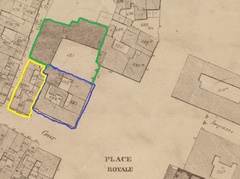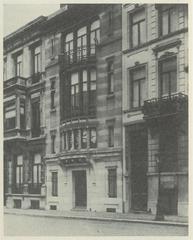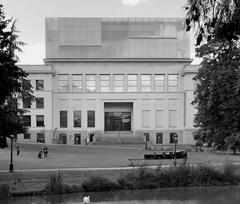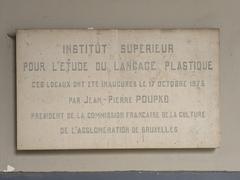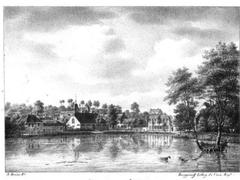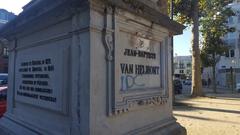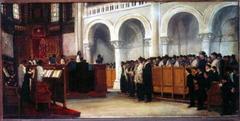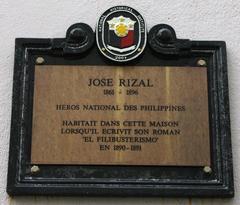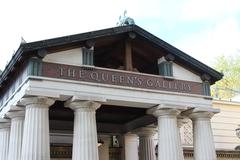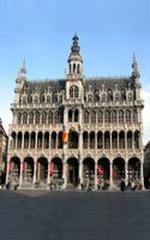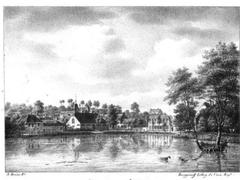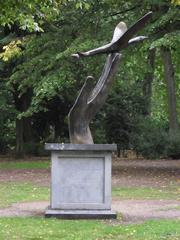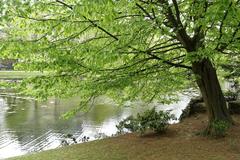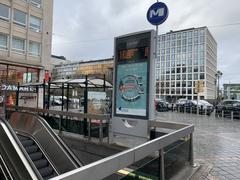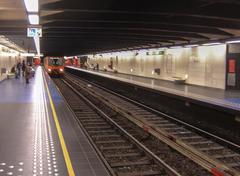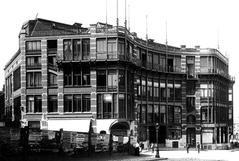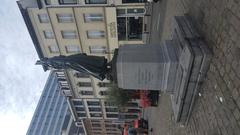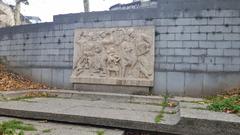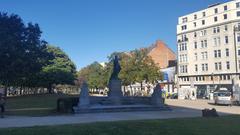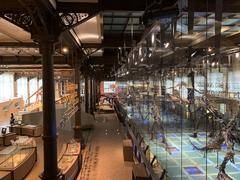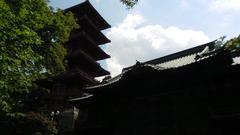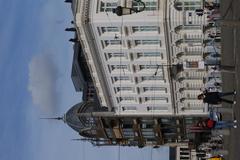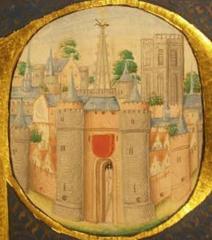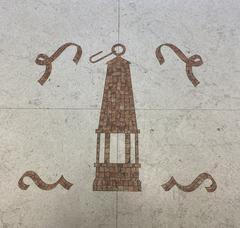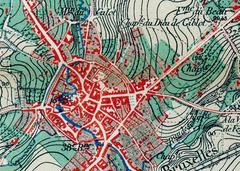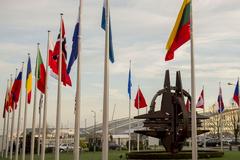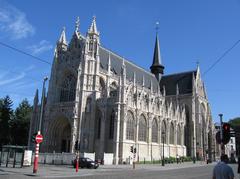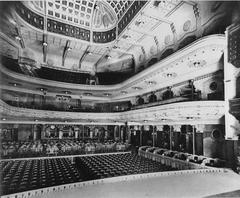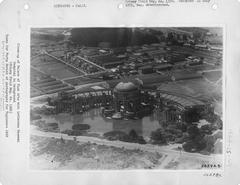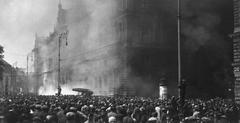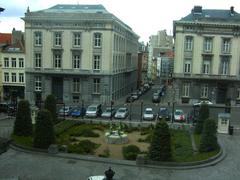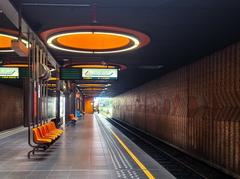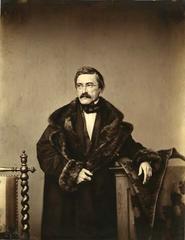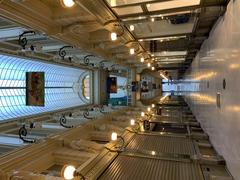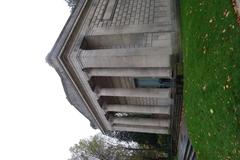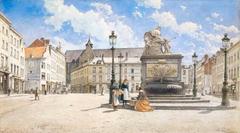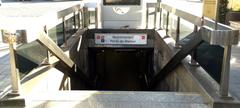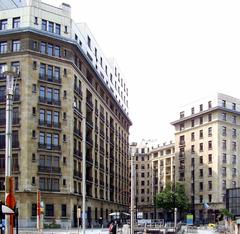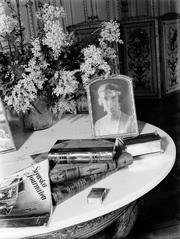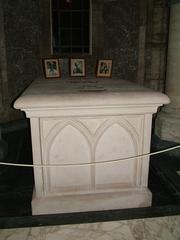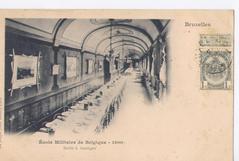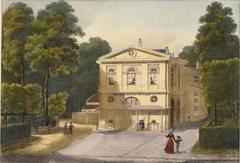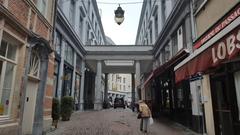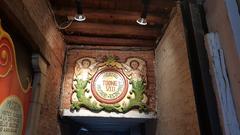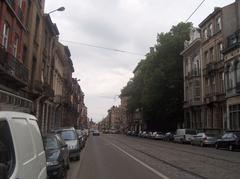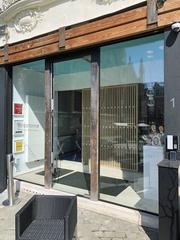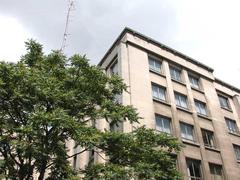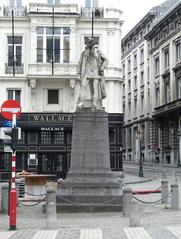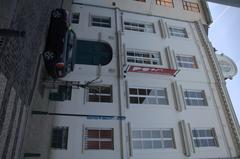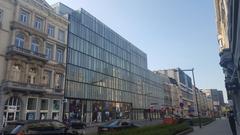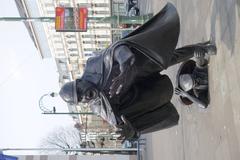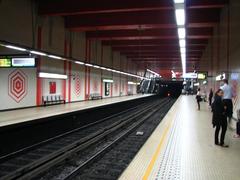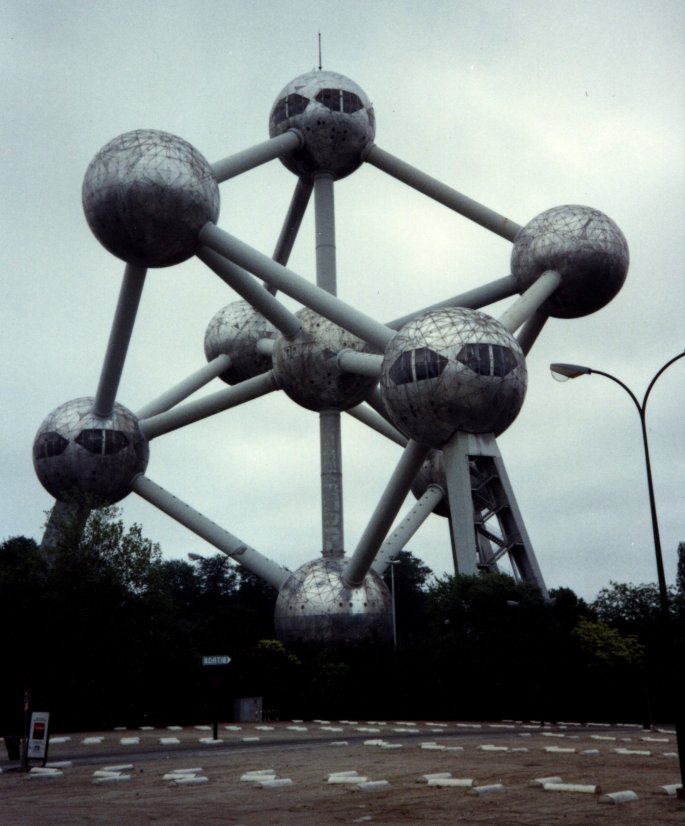
Comprehensive Guide to Visiting Atomium, Brussels, Belgium
Date: 16/07/2024
Introduction
The Atomium in Brussels, Belgium, stands as a testament to human ingenuity and the scientific optimism of the mid-20th century. Designed by engineer André Waterkeyn and architects André and Jean Polak, this iconic structure was constructed for the 1958 Brussels World’s Fair, also known as Expo 58. The Atomium, representing an iron crystal magnified 165 billion times, symbolizes the era’s commitment to scientific progress and international cooperation (Atomium Official Website).
Since its unveiling, the Atomium has transcended its original purpose to become a permanent landmark and cultural icon. Standing at 102 meters with nine interconnected spheres, it offers visitors a unique blend of history, architecture, and breathtaking views of Brussels. The structure is not only a marvel of engineering but also a beacon of the post-war optimism that characterized the late 1950s. Today, it continues to attract millions of visitors from around the world, serving as a museum, exhibition space, and symbol of Belgian heritage (Atomium Official Website).
Table of Contents
- [History of the Atomium](#history-of-the-atomiumhistory-of-the-atomium)
- [Origins and Concept](#origins-and-conceptorigins-and-concept)
- [Design and Construction](#design-and-constructiondesign-and-construction)
- [Expo 58 - A Showcase of Innovation](#expo-58---a-showcase-of-innovationexpo-58---a-showcase-of-innovation)
- [Post-Expo Era](#post-expo-erapost-expo-era)
- [Renovations and Modernization](#renovations-and-modernizationrenovations-and-modernization)
- [Cultural and Historical Significance](#cultural-and-historical-significancecultural-and-historical-significance)
- [Visitor Information](#visitor-informationvisitor-information)
- [The Atomium Today](#the-atomium-todaythe-atomium-today)
- [Visitor Experience](#visitor-experiencevisitor-experience)
- [Practical Information](#practical-informationpractical-information)
- [Nearby Attractions](#nearby-attractionsnearby-attractions)
- [Frequently Asked Questions (FAQ)](#frequently-asked-questions-faqfrequently-asked-questions-faq)
- [Key Milestones](#key-milestoneskey-milestones)
- [Call to Action](#call-to-actioncall-to-action)
- [Conclusion](#conclusionconclusion)
- [References](#referencesreferences)
History of the Atomium
Origins and Concept
The Atomium, an iconic structure in Brussels, Belgium, was originally constructed for the 1958 Brussels World’s Fair, also known as Expo 58. The idea for the Atomium was conceived by engineer André Waterkeyn, who aimed to symbolize the scientific progress and technological advancements of the era. The structure represents an iron crystal magnified 165 billion times, reflecting the optimism and forward-thinking spirit of the post-war period.
Design and Construction
The Atomium’s design is a marvel of engineering and architecture. It consists of nine interconnected spheres, each with a diameter of 18 meters, connected by tubes measuring 3 meters in diameter and 23 meters in length. The entire structure stands at 102 meters tall. The construction was a collaborative effort involving architects André and Jean Polak, who worked alongside Waterkeyn to bring the vision to life. The use of steel and aluminum in the construction was a deliberate choice to highlight the materials’ modernity and strength.
Expo 58 - A Showcase of Innovation
Expo 58 was the first major World’s Fair after World War II, held from April 17 to October 19, 1958. The Atomium served as the centerpiece of the exhibition, attracting millions of visitors from around the world. The fair aimed to promote peace and progress through international cooperation and technological innovation. The Atomium’s futuristic design and symbolic representation of scientific advancement made it a fitting emblem for the event.
Post-Expo Era
After the conclusion of Expo 58, the Atomium was initially intended to be dismantled. However, due to its popularity and the public’s attachment to the structure, it was decided to preserve it as a permanent landmark. Over the years, the Atomium has undergone several renovations to maintain its structural integrity and modernize its facilities.
Renovations and Modernization
One of the most significant renovations took place between 2004 and 2006. This extensive restoration project aimed to address the wear and tear that had accumulated over the decades. The original aluminum cladding was replaced with stainless steel, ensuring greater durability and a more contemporary appearance. The renovation also included the installation of new elevators, improved accessibility features, and updated exhibition spaces. The total cost of the renovation was approximately €26 million (Atomium Official Website).
Cultural and Historical Significance
The Atomium holds a special place in Belgian culture and history. It is not only a symbol of the country’s scientific and technological achievements but also a testament to the spirit of international cooperation and progress that characterized the mid-20th century. The structure has been featured in numerous films, television shows, and artworks, further cementing its status as a cultural icon.
Visitor Information
The Atomium Today
Today, the Atomium continues to attract visitors from around the world. It houses a museum dedicated to its history and the history of Expo 58, as well as temporary exhibitions on various scientific and cultural topics. The top sphere offers panoramic views of Brussels, providing a unique perspective on the city. The Atomium remains a symbol of innovation and a reminder of the optimistic vision of the future that characterized the post-war era.
Visitor Experience
Visitors to the Atomium can explore its various spheres, each offering different exhibits and experiences. The central sphere houses a permanent exhibition on the history of the Atomium and Expo 58. Other spheres feature temporary exhibitions on topics ranging from science and technology to art and culture. The top sphere, accessible via a high-speed elevator, provides stunning views of Brussels and its surroundings.
Practical Information
- Location: The Atomium is located in the Heysel/Heizel area of Brussels, near the King Baudouin Stadium and the Brussels Expo.
- Opening Hours: The Atomium is open daily from 10:00 AM to 6:00 PM.
- Tickets: Admission prices vary, with discounts available for children, students, and seniors. Combination tickets with other nearby attractions, such as Mini-Europe, are also available.
- Accessibility: The Atomium is wheelchair accessible, with elevators and ramps providing access to most areas.
- Travel Tips: The best times to visit are weekdays during the early morning or late afternoon to avoid crowds. Public transportation options include the Brussels Metro, tram, and bus services.
Nearby Attractions
- Mini-Europe: A miniature park featuring replicas of famous European landmarks.
- Brussels Expo: A large exhibition center hosting various events and trade shows.
- King Baudouin Stadium: A major sports and concert venue.
- Parc de Laeken: A beautiful park perfect for a leisurely stroll.
- Dining Options: Numerous cafes and restaurants in the vicinity offer a range of Belgian and international cuisine.
Frequently Asked Questions (FAQ)
- What are the Atomium’s opening hours? The Atomium is open daily from 10:00 AM to 6:00 PM.
- How much are tickets to the Atomium? Ticket prices vary, with discounts for children, students, and seniors. Check the Atomium Official Website for current prices.
- Is the Atomium wheelchair accessible? Yes, the Atomium is wheelchair accessible with elevators and ramps.
Key Milestones
- 1954: André Waterkeyn conceives the idea for the Atomium.
- 1956: Construction of the Atomium begins.
- 1958: The Atomium is unveiled as the centerpiece of Expo 58.
- 2004-2006: Major renovation project modernizes the structure.
- 2006: The Atomium reopens to the public with updated facilities.
Call to Action
For more detailed information on visiting the Atomium, including ticket prices and current exhibitions, visit the Atomium Official Website. Follow us on social media for updates and travel tips, and check out our mobile app Audiala for an enhanced visitor experience.
Conclusion
Visiting the Atomium is more than just a sightseeing experience; it’s a journey through history, science, and culture. This iconic structure, originally conceived for Expo 58, has evolved into a symbol of peace, progress, and Belgian identity. Its unique design, representing an iron crystal magnified 165 billion times, continues to captivate visitors with its blend of architectural brilliance and historical significance (Atomium Official Website).
From its panoramic views of Brussels to its insightful exhibitions, the Atomium offers something for everyone. Whether you’re exploring the history of Expo 58, marveling at the futuristic design, or enjoying the nearby attractions like Mini-Europe and the Royal Greenhouses of Laeken, the Atomium promises an unforgettable experience. With its commitment to accessibility and visitor convenience, it stands as a testament to Belgium’s rich heritage and forward-thinking spirit. For those planning a visit, the Atomium is a must-see landmark that encapsulates the essence of Brussels and its enduring legacy of innovation and cooperation (Atomium Official Website).
References
- Atomium Official Website. (n.d.). Retrieved from https://www.atomium.be
